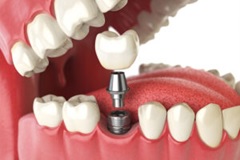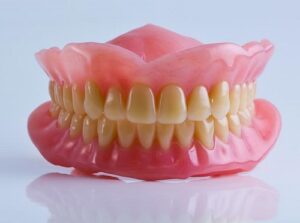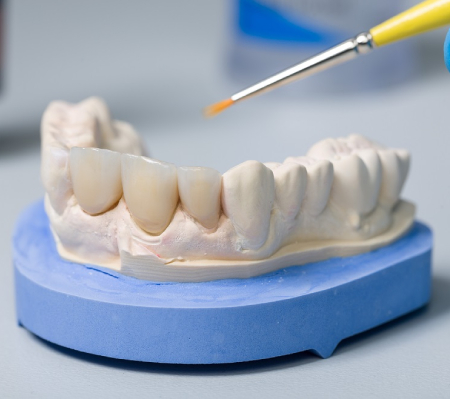PROSTHODONTICS
Prosthodontics is a specialty area of dentistry that focuses on the diagnosis, treatment, and maintenance of oral function, comfort, and appearance through the restoration of missing or damaged teeth and associated structures.
Prosthodontists are highly skilled dental professionals who use a variety of techniques and materials to restore the function and aesthetics of the teeth, gums, and other oral structures. They are trained to diagnose and treat complex dental problems, such as missing teeth, jaw and bite disorders, and temporomandibular joint (TMJ) dysfunction.
Some of the common procedures that prosthodontists perform include the placement of dental implants, bridges, dentures, and crowns. They also specialize in cosmetic dentistry, which involves the enhancement of the appearance of the teeth and gums through procedures such as teeth whitening, veneers, and gum reshaping.
Overall, prosthodontics is a critical area of dentistry that helps patients to regain their oral health, function, and confidence.
Here are some examples of prosthodontic treatments :
- DENTAL IMPLANTS: Dental implants are artificial tooth roots that are surgically placed into the jawbone to support a replacement tooth or bridge. They are a popular option for patients who have lost one or more teeth due to injury, decay, or gum disease.

- COMPLETE DENTURES: Complete dentures are removable prosthetic devices that replace all of the teeth in the upper or lower jaw. They are typically made of acrylic resin and are designed to fit snugly over the gums to restore the function and appearance of the teeth.
- REMOVABLE PARTIAL DENTURES: Dentures are removable prosthetic devices that replace missing teeth and surrounding tissues. They come in two types: partial dentures, which replace only a few missing teeth, and complete dentures, which replace all of the teeth in the upper or lower jaw.
- FLEXIBLE DENTURES: Flexible dentures are a type of removable partial denture that are made of a flexible, thermoplastic material instead of the rigid acrylic used in traditional dentures. This material is often called a nylon-based material and is sometimes referred to as Flexite. The flexible material used in these dentures allows for a more comfortable fit, as it conforms to the shape of the gums and mouth. It also allows for a more natural appearance, as the material can be made to match the color of the patient’s existing teeth.
These are just a few examples of the many prosthodontic treatments available to patients. A prosthodontist can help to determine the best treatment plan for each individual patient based on their specific needs and goals.
Removable Dentures

Removable dentures are prosthetic replacements for missing teeth. They come in two forms: ‘partial’ dentures which replace a few, and ‘full’ or ‘complete’ dentures to replace all natural teeth. Complete dentures are typically made of acrylic plastic while partial ones can be constructed with either acrylic teeth on a light metal alloy base, or just all-acrylic material.
The process of fitting a removable denture requires the dentist to take impressions of the patient’s mouth using putty-like material, from which models are made by a dental technician. The dentist then puts wax blocks into the patient’s mouth to record how their jaws fit together and trims and seals them according to desired shape. A trial version is placed in the patient’s mouth and evaluated before any changes are made permanently by the technician who fixes the teeth onto it.
Benefits of removable dentures include an improved look, bite, chew & speech; protection for any remaining natural teeth from wear & tear; immediate placement after tooth loss without anyone knowing; custom-made matchment with one’s mouth that looks as natural as possible. However, it may take time for patients to get used to wearing them due to different feeling compared with one’s own teeth – hence why clinicians need explain both difficulties & benefits along with instructions about caring for new appliance & remaining real teeth prior fitting them.

